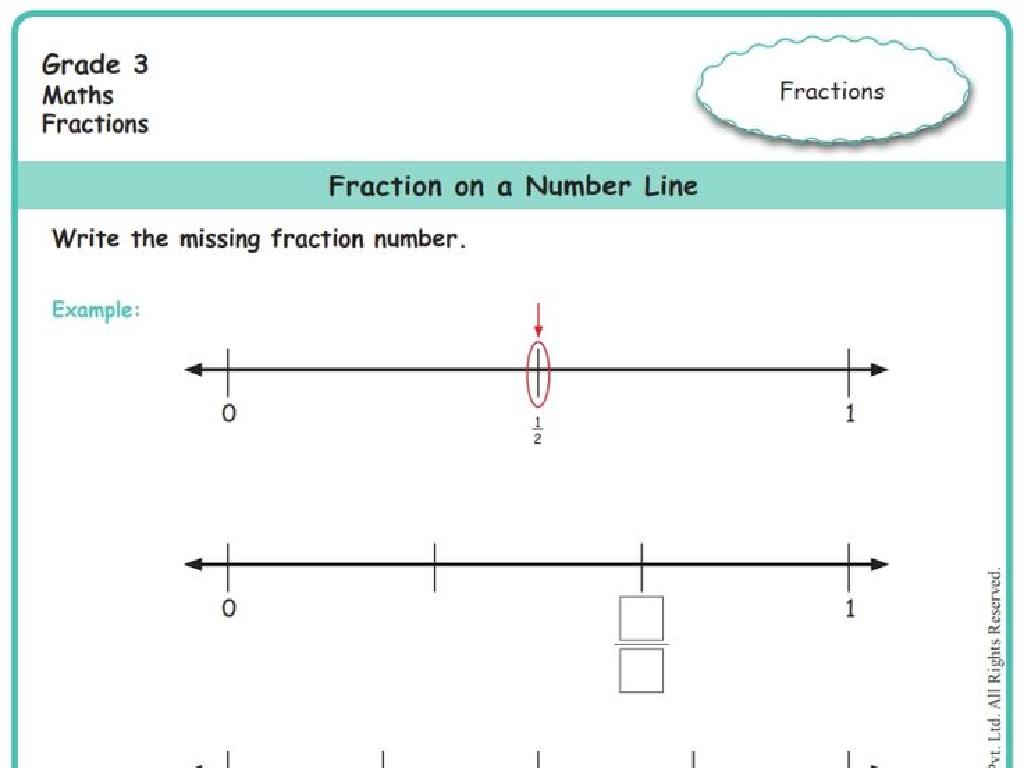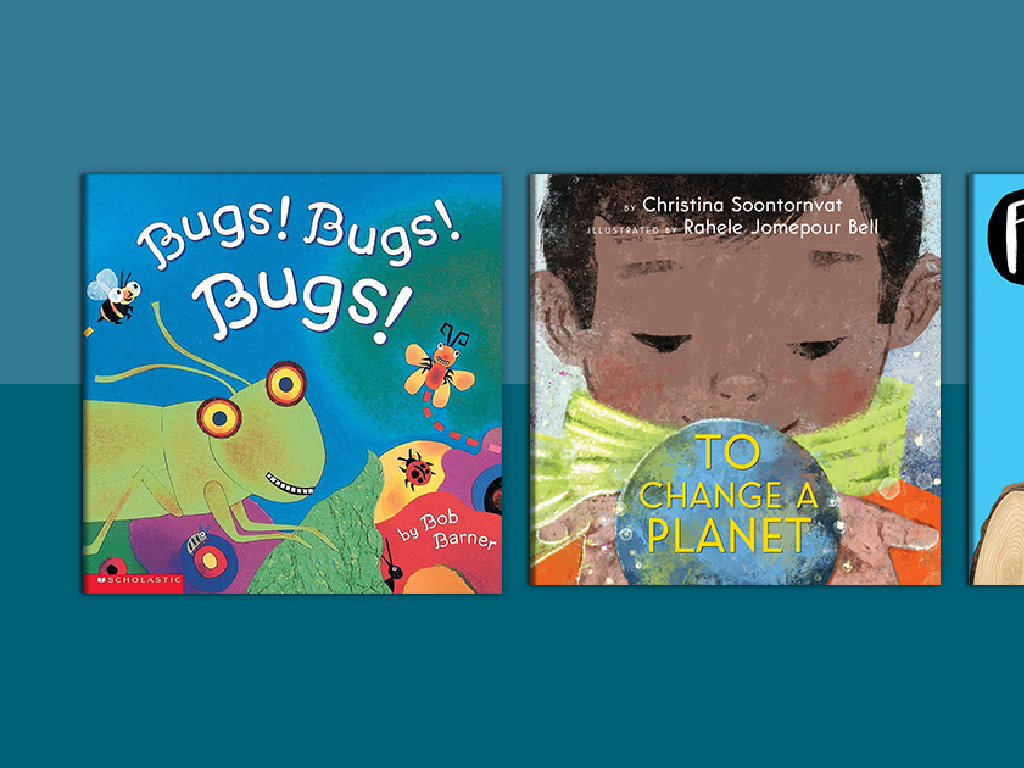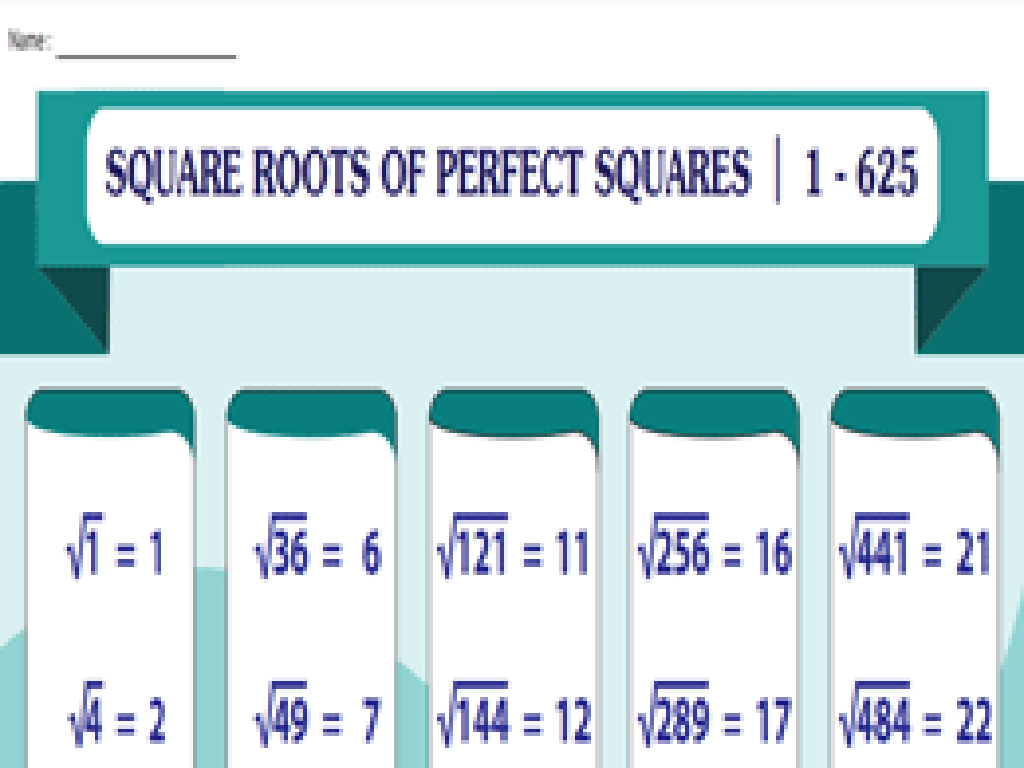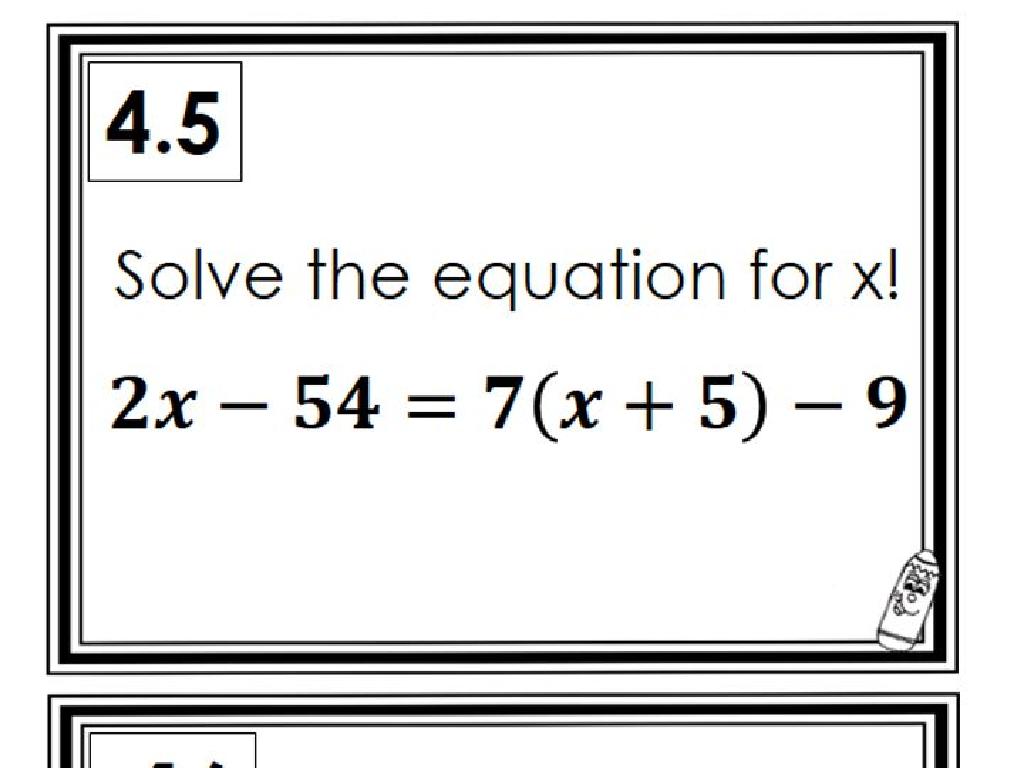Sort Consonants And Vowels
Subject: Language arts
Grade: Kindergarten
Topic: Consonants And Vowels
Please LOG IN to download the presentation. Access is available to registered users only.
View More Content
Welcome to Consonants and Vowels!
– Learning about letters
– Two types: consonants & vowels
– Consonants are all letters except A, E, I, O, U
– Recognizing different letters
– Vowels are A, E, I, O, U
– Sharing letters we know
|
This slide introduces the concept of consonants and vowels to Kindergarten students. Begin by explaining that all the letters they see and use every day fall into two categories. Consonants are the majority of our alphabet, with 21 letters, while vowels are the special five letters that help us make different sounds. Engage the class by asking them to name letters they already know and identify if they are consonants or vowels. This will help them to start recognizing the difference between the two types of letters. For the activity, you can have students sort a mixed group of letters into consonants and vowels or have them color-code letters in a text to identify them. Remember to keep the tone fun and interactive to maintain their interest.
Exploring Consonants
– Consonants: Not vowels
– Start words: cat, dog, hat
– ‘C’ in cat, ‘D’ in dog, ‘H’ in hat
– Practice consonant sounds
– Repeat sounds: /c/, /d/, /h/
– Consonants in your name?
– Find consonants in our own names
|
This slide introduces the concept of consonants to Kindergarten students. Begin by explaining that consonants are all the letters in the alphabet that are not vowels (A, E, I, O, U). Use simple, familiar words like ‘cat’, ‘dog’, and ‘hat’ to illustrate consonants at the beginning of words. Engage the class by saying consonant sounds out loud together, making it interactive and fun. Encourage the children to think of and share other words that start with consonants. Lastly, ask students to look for and identify consonants in their own names, which personalizes the learning experience and helps reinforce the concept of consonants.
What Are Vowels?
– Vowels are special letters
– A, E, I, O, U, and sometimes Y
– Remember, Y can be tricky! It’s not always a vowel.
– Vowels help make word sounds
– They let us change how words sound.
– Y is a vowel in ‘my’ or ‘cry’
– Can you think of other words where Y sounds like a vowel?
|
This slide introduces the concept of vowels to Kindergarten students. Emphasize that vowels are not just letters, but they are special because they help us to create sounds that turn into words we use every day. Highlight the five main vowels and explain that sometimes Y acts like a vowel too, especially in words like ‘my’ and ‘cry’. Use visual aids or props to show these letters and provide examples. Encourage the children to think of other words where Y sounds like a vowel and to listen for the vowel sounds in words during reading activities. This will help them understand the role of vowels in reading and speaking.
Let’s Sort: Consonants and Vowels!
– Learn to sort letters
– Consonants vs. vowels
– Vowels are A, E, I, O, U. All others are consonants.
– I show a letter, you tell
– Is ‘B’ a consonant or a vowel? How about ‘A’?
– Ready for the sorting game?
|
This slide introduces a sorting game to help Kindergarten students distinguish between consonants and vowels. Start by explaining that letters are either consonants or vowels. Vowels are special letters ‘A, E, I, O, U’ and all other letters are consonants. Show letters one by one and ask students to categorize them. This interactive game should be fun and engaging, encouraging students to participate actively. For the activity, prepare a set of letter cards or use a digital tool to display letters randomly. Praise correct answers and gently correct any mistakes, reinforcing the concept of vowels and consonants. This activity will help solidify their understanding of the alphabet’s two main groups.
Sorting Consonants and Vowels
– Understanding ‘cat’: consonants and vowel
– In ‘cat’, ‘c’ and ‘t’ are the beginning and ending sounds
– ‘c’ and ‘t’ are consonants
– ‘a’ is the only vowel and it’s the middle sound
– ‘a’ is a vowel
– Let’s find more examples together
– Think of words like ‘dog’, ‘pen’, ‘pig’, ‘sun’
|
This slide is designed to help Kindergarten students recognize and sort consonants and vowels in simple words. Start by explaining that vowels are ‘a’, ‘e’, ‘i’, ‘o’, ‘u’ and sometimes ‘y’, and all other letters are consonants. Use the word ‘cat’ as an example to show the difference between consonants and vowels. Encourage the children to identify the consonants and vowels in ‘cat’ and then apply this knowledge to other simple words. Make this an interactive activity by asking the students to come up with words and identify the consonants and vowels in them. This will help reinforce their understanding of the concept.
Class Activity: Letter Hunt
– Let’s hunt for letters in our room!
– Find objects starting with consonants
– Look for things like ‘cat’ or ‘table’
– Find objects starting with vowels
– Search for items like ‘apple’ or ‘elephant’
– Make two lists: consonants & vowels
|
This activity is designed to help Kindergarten students recognize and differentiate between consonants and vowels in a fun and interactive way. Set up the classroom with various objects that start with different letters of the alphabet. Guide the students to explore the room and identify objects, categorizing them based on whether they start with a consonant or a vowel. Provide assistance as needed and encourage teamwork. After the hunt, help the students create two separate lists on the board or on paper, one for consonants and one for vowels, and discuss the findings. This will reinforce their understanding of the alphabet and the concept of consonants and vowels through practical application.
Sorting Consonants and Vowels: Wrap-Up
– Excellent work on sorting!
– Consonants: Not A, E, I, O, U
– B, C, D, F, G, and so on are consonants.
– Vowels: A, E, I, O, U (and sometimes Y)
– Remember, Y is a vowel in ‘my’ and ‘try’.
– Practice makes perfect!
|
Congratulations to the class for learning how to sort consonants and vowels! Reinforce the concept that consonants are all the letters that are not vowels, which are A, E, I, O, U, and sometimes Y. Y can act as both, depending on its use in a word. Encourage the students to continue practicing by identifying vowels and consonants in words they encounter every day. This will help solidify their understanding and improve their reading skills. As a follow-up activity, consider having students bring in their favorite book and pick out consonants and vowels from a page to share with the class.






